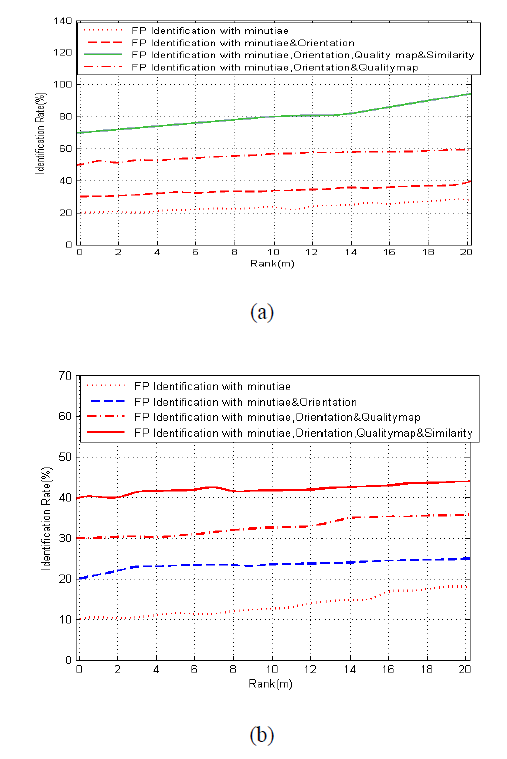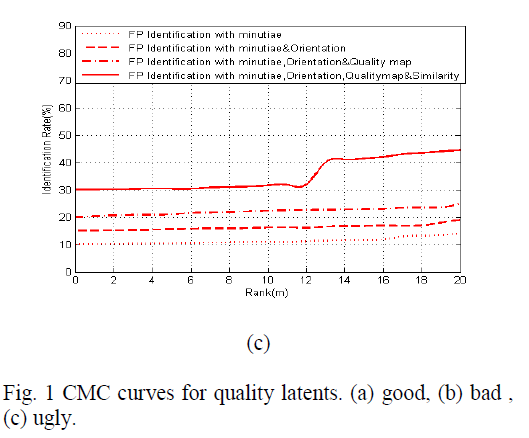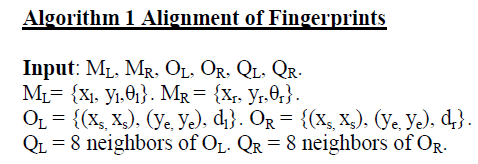ISSN ONLINE(2319-8753)PRINT(2347-6710)
ISSN ONLINE(2319-8753)PRINT(2347-6710)
| Neeraj Jerauld, Dinesh Kumar,Gautam ShivaKumar and Nabil Ummer Department of Aeronautical Engineering, Hindustan University, Padur, Chennai, India |
| Related article at Pubmed, Scholar Google |
Visit for more related articles at International Journal of Innovative Research in Science, Engineering and Technology
Magnetic Repulsive Propulsion system and operating method for a hybrid vehicle that can travel in atmosphere, space and sea is theoretically formulated. Basic theory for the propulsion is proposed and model for the proposed vehicle is theoretically constructed with its working. It generally consists of superconductor (SC) and electromagnets for huge vehicle and in theory electromagnet (EM) are substituted with a natural magnet (NM) for propelling the model, for path direction and also to levitate its structure. By the variation of the electric current thrust, path direction and levitation can be controlled. We assume with the condition that enough power is available for the hybrid vehicle. SC and EM (NM) are placed at location and repulsion occurs. Since they are fixed at a location the repulsive force will tend to act as the propulsive power, with suitable placement of the above arrangement can give path direction and levitation. The magnetic shielding in the vehicle and also reuse of the cryogenic liquid will have added benefit to the hybrid vehicle in case of efficiency as well as reduction of wastage.
Keywords |
| Hybrid vehicle, Alternate electric propulsion Repulsion propulsion, Electromagnet, Magnetic field, solar propulsion, Trajectory |
INTRODUCTION |
| At the present time there hasn’t been a vehicle that can travel atmosphere, space and sea concurrently without much change in structure. The most economic, technically viable method for launching and accelerating high-mass space vehicles from the earth surface to orbital or escape velocities is based upon rocket or jet propulsion but this method can’t be simultaneously applicable to the sea since the propulsive thrust is achieved by burning a gas inside pressure chambers and creating pressure differentials on the walls by expelling the gas through a system of nozzles. (MichealA. Minovitch Patent No : US 6,193,194 B1).So one of the possible counters of this is to make a propulsive system that is non-airbreathing and doesn’t expel the gas through a system of nozzles. One way is the use of propellers and one another way is through the magnetic force repulsion or attraction. Mention of magnetic levitation these days probably brings to mind either a small permanent magnet floating above a superconductor or a high speed maglev train flying above a metal guide way but due to interesting applications these are attracting considerable attention (Magnetic Levitation, by Thomas D Rossing and John R. Hull). It has been known that a repulsive force arises between a magnetic field (generated, for instance , by a permanent magnet- PM) and a superconductor- SC (Arkadiev, 1947). This force is due to the repulsion of the magnetic field away from the superconductor- the Meissner effect ( Jose Luis Perez-Diaz and EfrenDiez- Jimenez).There are usually two kinds of superconductors known, those of the first kind (type I)and those of the second type (Type II). The superconductors of the first kind have one critical magnetic field only, . Below this field they are supposed to have a complete Meissner effect and above it no trace of superconductivity remains. Superconductors of the second kind have a lower critical magnetic field for the existence of a complete meissner effect. 1, which is below . Now when 1is reached, superconductivity no longer vanishes suddenly with increasing magnetic field but instead gradually disappears until 2is reached, which is usually far above in the order of several 100k gauss for high temperature superconductors.(Bernd T. Matthias and Bell Telephone Laboratories). This state is known as mixed state. |
HISTORY |
| In 1953 Simon first tried to make a superconducting bearing (simon,1953) using a superconductors in the mixed state. The first engine using superconducting bearing was made in 1958 (Buchhold,1960), After the discovery of high critical temperature superconductors ( Bednorz & Muller, 1986), the meissner repulsive force has become a popular way of demonstrating superconducting properties (Early et al.,1988). For calculating forces between a magnet and a superconductor it is necessary to have models that describe both the flux penetration state and the meissner state repulsion. The first one can be solved by using conventional methods to compute forces between magnetic elements and magnetized volumes. Several models using the method of images to calculate superconducting repulsion forces (Lin,2006; Yang & Zheng,2007) have been proposed. A general local model based on London’s and Maxwells’s equation have been developed to describe the mechanics of the superconductor-permanent magnet system (Perez-Diaz et al.,2008). Due to its differential form, this expression can be easily implemented in a finite elements analysis (FEA) and is consequently applicable to any shape of superconductor in pure Meissnerstate(Diez-Jimenez et al.2010).(Jose Luis Perez-Diaz and EfrenDiez-Jimenez). |
| The technical problem of achieving a hybrid vehicle is one of the most challenging problems in applied physics. In actually, the problem is not actively pursued because it is viewed as having no viable solution that is attainable with current technology. The propulsion method and operating system introduced herein will provide a solution to this problem. What is most significant is that this method is well within technological feasibility, and, from an engineering point of view, will be relatively easy to develop and implement. |
METHODOLOGY |
| The shape of the vehicle is given in figure-1 which has been inspired from the maglev trains. The aerodynamic body reduces the drag of the body and also gives a smooth separation of the flow from the leading edge to the trailing edge. Landing gear is provided at the bottom that enables it to land anywhere without damaging the surface of the vehicle. The cockpit and passenger seating will be at the center of the vehicle and will be shielded from the high magnetic flux lines since there is a chance that it will damage the health of the body when exposed to large quantities. |
| At the end of the hybrid vehicle propulsion system is placed. The bottom of the vehicle consists of levitation mechanism as well as direction changing mechanism. There will be a cryogenic tank that is linked to these mechanism as well as propulsion system. The cryogenic gas that is vaporized after cooling is tapped out and given to the pressurizing system and converted again to the cryogenic liquid which minimizes the wastage. Power system in the hybrid vehicle plays a vital role in controlling the vehicle. As we assume that enough power supply is available to the model we are not going to emphasize it on this paper. |
| Figure 2 shows the schematic section of the bottom part of the hybrid vehicle which consists of all the places where force acts, forces at suitable position of the hybrid vehicle provide the necessary levitation and direction changing ability. A combination of all the forces will produce the desired maneuvering capabilities as well as the propulsion characteristics. |
| In fig 2 : 1 alone produces lift in the front portion which in turn produces upward direction. |
| 2 alone produce lift in the back portion which in turn produces downward direction. |
| 3 and 4 produces side ward direction. |
| Combination of 1,2,3&4 variation gives levitation as well as maneuvering while flying. |
| Combination of 1 ,2,3 ,4 ,5 ,6 7 8 in the fig gives added direction characteristics like point turning. |
WORKING |
| If forces is applied on all corners of the hybrid vehicle, it will give levitation effect and depending upon the amount of forces that has been given, the lift of the body can be controlled which will be in vertical direction. This enables the hybrid vehicle to perform vertical takeoff, landing and hovering. |
| Figure 3 displays the propulsive system in detail. The bottom consists of a electromagnet arranged in vertical plane to that of the superconductor. This placed in the vertical direction is due to the experiment that is done with various arrangements and the forces of repulsion are found to be maximum in this arrangement. The SC and EM are strongly bonded to one another. The entire body is enclosed in a cryogenic container. The bonded SC and EM are bonded to the structure. The wire of the electromagnet is superconducting material. When the cryogenic liquid (ex: Liquid hydrogen or liquid helium etc) are passed the superconducting material becomes a superconductor and it will expel magnetic flux lines from inside the body which in turn tries to levitate in order to retain its equilibrium position. Since the SC and EM are bonded at a very close range this force of levitation to return to its equilibrium position is converted into propulsive force of the entire structure. Larger the repulsion force the higher propulsion is attained. A series of this is mounted at the back of this structure. Due to the property of the SC that resistance of the SC at the SC state is zero the electricity that is induced at the beginning flows through it without any degradation but an arrangement is made in such a way that is able to induce velocity into the EM whenever there is drop in electricity in the SC wire of the EM. There is also an arrangement for tapping out the electricity as electricity controls the force of repulsion. By controlling the flow of electricity we can increase or decrease the force hence thereby we can control the propulsion of the hybrid vehicle. The entire section is sealed with a magnetic shield so that the flux produced from one section doesn’t cause interference in the other section. |
| The levitation of the vehicle and its direction changing ability works on the same principle as explained above. Where the bottom consists of an electromagnet and top consists of superconductor and the arrangement as same as that of propulsion device though the power supplied to these systems are much lesser than what is given for the propulsion the hybrid vehicle. Each of the systems have been separated from each other by a magnetic shielding which protects the system from interferences. |
 |
 |
CONCLUSIONS |
| Even though our arrangement is that of vertical section of the EM and horizontal section of the SC that gives max repulsive force, according to the experiment conducted by the L. Liu, Y. Hou, C.Y.HE, Z.X. Gao and L.Xiao, H.T. Ren, Y.L. Jiao, M.H. Zheng on Effect of magnetization process on levitation force between a superconducting disk and a permanent magnet, we have found the force for horizontally placed SC and EM at a distance of 10mm is 45 N for β=0.0025 T/s. |
 |
 |
| Thus the graph clearly shows the variation between the levitation forces with respect to various magnetic fields given. It should be noted the levitation force is kept on increasing with magnetic field Due to high levitation force a new kind pressure is also created called as magnetic pressure which is responsible for the repulsion of the superconductor. The same concept can be used in future propulsion which will replace rockets into space. |
References |
|